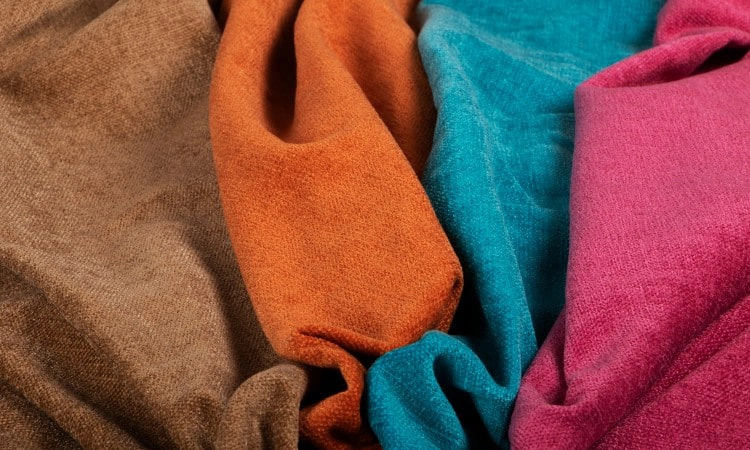The Soft and Luxurious Feel of Chenille Fabric: History, Uses, and Care Tips
In this tutorial, we’ll discuss the history of chenille fabric, how it’s created, its uses, and care instructions for keeping it in pristine condition for years to come.

Table of Contents
ToggleWhat is Chenille fabric?
Chenille is the name of both the kind of yarn and the fabric that is used to create the soft textile, and it is derived from the French word for caterpillar. When making the yarn, the threads are purposely heaped to imitate the caterpillar’s fuzzy coat. Cotton, silk, wool, rayon, and other fibers can all be used to create chenille, which is a woven fabric. The soft, fluffy fabric has a distinctive history and production method, and chenille yarn and fabric are staples in clothing and home décor.

The Evolution of Chenille Fabric
The history of chenille fabric dates back to the early 18th century, when it was first produced in France. At the time, creating chenille fabric was a labor-intensive process that involved weaving strips of silk and cutting them into narrow ribbons. These ribbons were then twisted together to create a plush, velvety fabric.
In the late 19th century, mass production methods were developed, making it easier and more affordable to produce chenille fabric. This led to an increase in its popularity, and it was used for a variety of purposes, including upholstery, bedspreads, and clothing.
Producing Chenille Fabric
Today, chenille fabric is made using a variety of materials, including cotton, acrylic, and polyester. The yarns used to make chenille fabric are usually quite thick, which helps to create the distinctive texture of the fabric.
The process of making chenille fabric involves weaving the yarns together to create a base fabric, which is then cut into strips. These strips are then twisted and looped together to create the fuzzy, caterpillar-like texture that is characteristic of chenille fabric. The loops are then sheared to create an even surface, and the fabric is usually washed to remove any loose fibers.

Characteristic
• Fluffy and plush. Because of the small stacks of material on each strand, chenille is a fluffy fabric and yarn.
• Lovely draping. Chenille has a lovely silky drape, which has led to its increased use in clothing in recent years.
• Durable. Chenille fabric is exceptionally resilient. Unfortunately, it has a tendency to shrink and stretch, therefore the care directions must be strictly adhered to.
• Iridescent. Even though chenille fibers are not naturally shiny, the orientation of the pile causes the fabric and yarn to reflect light at right angles. This technique can render the fabric iridescent and reflective.
Uses of Chenille Fabric
Chenille fabric is versatile and can be used for a variety of purposes. It’s often used for home decor items such as pillows, throws, and curtains, as its soft, plush texture makes it ideal for creating cozy and inviting spaces.
Chenille fabric is also a popular choice for upholstery, as it is durable and easy to clean. In fashion, chenille fabric is used for a variety of items, including sweaters, scarves, and hats. Its softness and texture make it a popular choice for winter clothing.

Care of Chenille Fabric
Proper care is essential to ensure that chenille fabric lasts for many years and maintains its soft and luxurious feel. Chenille fabric can be machine-washed, but it’s important to follow the care instructions on the label to prevent damage to the fabric.
Chenille fabric should be washed in cold water and dried on a low heat setting to prevent shrinkage and damage to the fibers. It’s also important to avoid using fabric softeners, as they can damage the delicate fibers of the fabric.

Conclusion
Chenille fabric is a popular textile known for its softness, texture, and luxurious feel.
By following the care tips outlined in this guide, you can keep your chenille fabric looking great for many years. Whether you use it for home decor or fashion, chenille fabric is a versatile and durable material that adds a touch of elegance and coziness to any space.


